After visiting Tokyo, the city legitimately jumped among my top 3 favorite cities in the world. Tokyo is vibrant and yet rich in history and the clash between tradition and hyper-modernity makes it incredibly beautiful. It is a thrilling and diverse city, here you can find everything, from shops and malls to small avant-garde boutiques, from tiny traditional restaurants to Michelin-stared ones. Not to mention its incredible nightlife and of course a huge number of museums and galleries.
Art in Tokyo comes in different forms, from traditional palaces and temples to ultra-contemporary galleries. One of the best hoods to enjoy contemporary art in Tokyo is Roppongi.
I spent a whole day walking around the area with a local friend Yuichi, an art lover and entrepreneur that introduced me to the many galleries and spaces Roppongi has to offer.
It is not always easy to spot art galleries in Tokyo, mostly because the first time you visit you have to pay attention to various things we are not used to, especially in Europe. Most galleries, for example, are hosted inside much larger buildings and complexes, some of them are on upper floors and have Japanese-only websites, and sometimes that makes it difficult to find their addresses. Having someone to show me around was definitely a lot of help for me, so I hope I can help you too in finding the best Roppongi has to offer.
But first, a little introduction about Roppongi itself.
Roppongi (六本木, lit. “six trees”) is a district in Tokyo well known for the thrilling nightlife. It was originally popular mostly among foreigners, but nowadays foreigners and Japanese people alike enjoy its nightlife. The area hosts many bars, clubs, and restaurants, but also offers several shops and high-end boutiques, especially in the recently built Roppongi Hills and the nearby Tokyo Midtown. Both complexes group together luxury apartments, malls, restaurants, and leisure centers and of course an increasing number of galleries and museums.
Thanks to the growing number of art museums in the area, Roppongi is now regarded as one of the prominent contemporary art cultural centers of Tokyo and a must-go place for any visitor. Plan a full day to walk around the area, popping into galleries and maybe a museum. But if you plan to visit all three major museums in the area, plan at least two days to spend here. And believe me, it is worth the time!
Now, here are my favorite spots around Roppongi.
Mori Art Museum
When you arrive in Roppongi, you can’t miss the Mori Tower. Follow your eyes, pass through the beautiful Maman by Louise Bourgeois, and enter the tower behind. The Mori Tower is the main building of the Roppongi Hills complex. It hosts shops and restaurants on the lower levels, but the real deal lays on the upper floors. Here you will find the amazing Mori Art Museum, Mori Arts Center Gallery, and Tokyo City View.
The Mori Art Museum is a contemporary art museum that mainly focuses on Japanese and Pacific Asia art. It hosts temporary exhibitions that span from art to design and architecture. It is beautifully located on top of the Mori Tower and offers high-quality exhibitions year-round.
Together with the museum, you can also visit the Mori Art Center Gallery, a space for temporary exhibitions. It often hosts retrospectives about international artists or manga and anime related art. You can find the gallery on the 52nd floor next to the Tokyo City View, an amazing indoor observation deck. You can also go outside on the rooftop to enjoy the amazing views over Tokyo!
Mori Art Museum
Japan, 〒106-6150 Tokyo, Minato City, Roppongi, 6 Chome−10−1, Roppongi Hills Mori Tower, 53階
Open daily 10 – 22, Tuesday 10 – 17
Ticket prices vary depending on the exhibition
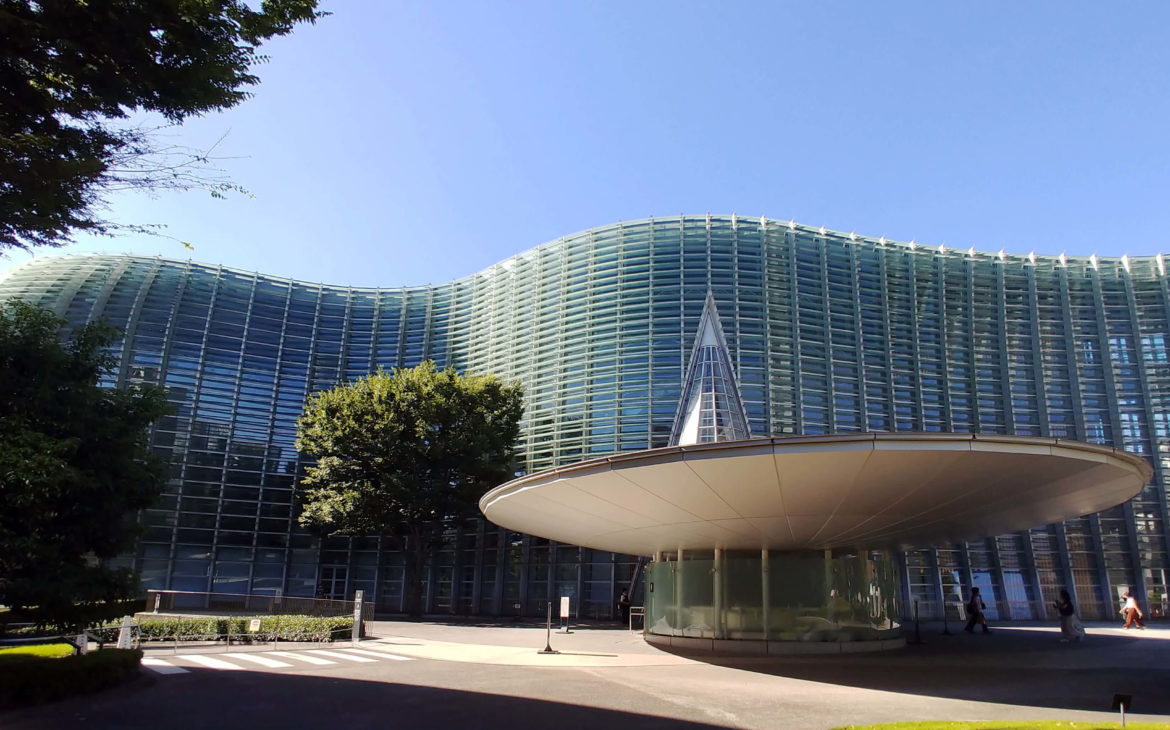
The National Art Center
Together with the Mori Art Museum and the nearby Suntory Museum of Art, the National Art Center of Tokyo forms the so-called “Roppongi Art Triangle”. The three museums are all located within walking distance from one another and on a map, they actually form a triangle!
The National Art Center is a huge museum, with 14,000 square meters of exhibition space and 12 galleries, that make him one of the largest museums in Japan. Its building was designed by the famous Japanese architect Kisho Kurokawa and it is surrounded by beautiful gardens. It also has an Art Library, an auditorium, three lecture rooms, plus a restaurant, three cafes, and a museum shop. Even if you are not planning to visit any of the temporary exhibitions, do plan a visit here. The architecture is beautiful, the lobby and the wave-like facade are real works of art and the cafes are nice and vibrant places to sit down for a coffee.
If you do plan to visit the exhibitions, here you won’t find any permanent collection. The museum is the only national art museum without a permanent collection of its own. It only hosts temporary exhibitions of both Japanese and Western art, loaning from other important Japanese, European and American museums. They also often promote exhibitions by the Japan Artists Association featuring contemporary artists, and display international exhibitions of Western masters from the past.
The National Art Center
7 Chome-22-2 Roppongi, Minato City, Tokyo 106-8558, Japan
Open daily 10 – 18, Friday and Saturday 10 – 20, closed on Tuesday
Ticket prices vary depending on the exhibition
Suntory Museum of Art
The Suntory Museum of Art is located on the 3rd floor of Tokyo Midtown. It was designed by Kengo Kuma and just like the National Art Center, it is worth a visit for the beautiful design as well as for its rich collection.
The architecture uses elements from the Japanese tradition and modern design to frame temporary rotating exhibitions. The museum does not have a permanent exhibition, but the rich collection is displayed on rotation throughout the year. It focuses exclusively on Japanese art and the theme of “Art in Life” and collects paintings, ceramics, lacquerware, dyed textiles, and glassware. The museum also has a tearoom, a museum shop and a cafe. The collection is incredibly rich and the exhibitions are well designed to provide visitors with information on Japanese traditional art.
Suntory Museum of Art
Japan, 〒107-8643 Tokyo, Minato City, Akasaka, 9 Chome−7−4 東京ミッドタウン ガーデンサイド
Open daily 10 – 18, Friday and Saturday 10 – 20, closed on Tuesday
Ticket prices vary depending on the exhibition
Complex665 and Piramide Tokyo
In Tokyo, galleries are often grouped in bigger complexes. Two of the largest in Roppongi are Complex665 and Piramide. Here you can find around ten of the major galleries of the city and you can easily hop from one to the other, as they are housed nearby.
Complex665 is a warehouse-like building that houses three galleries, Taka Ishii, Tomio Koyama, and ShugoArts. The galleries here have large spaces and exhibit Japanese and international contemporary artists.
Piramide is located just steps away and is even bigger. The shopping complex develops over three floors. With its galleries, it is one of the main centers for contemporary art in Tokyo, helping Roppongi becoming the international contemporary hub it is today. Here you will find Wako Works of Art, Ota Fine Arts, Galerie Perrotin, Yutaka Kikutake Gallery, and Zen Foto Gallery. Plan a visit here to enjoy incredible exhibitions of both Japanese and international artists by some of the world’s leading galleries.
Roppongi Art Night
If you happen to be looking for contemporary art in Tokyo around the end of May, the best event to check is definitely the Roppongi Art Night. It usually runs from Saturday morning to Sunday afternoon, with events taking place during the night, and spans all over Roppongi. This one-night-only art festival is organized by the Roppongi Art Night Executive Committee. It presents contemporary art, design, music, video, and performances in a series of events in museums, public and private spaces. The events are almost all free of charge. Every year one artist is invited as the main representative of the edition to create large installations for the night.
Find more info and the complete program here:
Roppongi Art Night

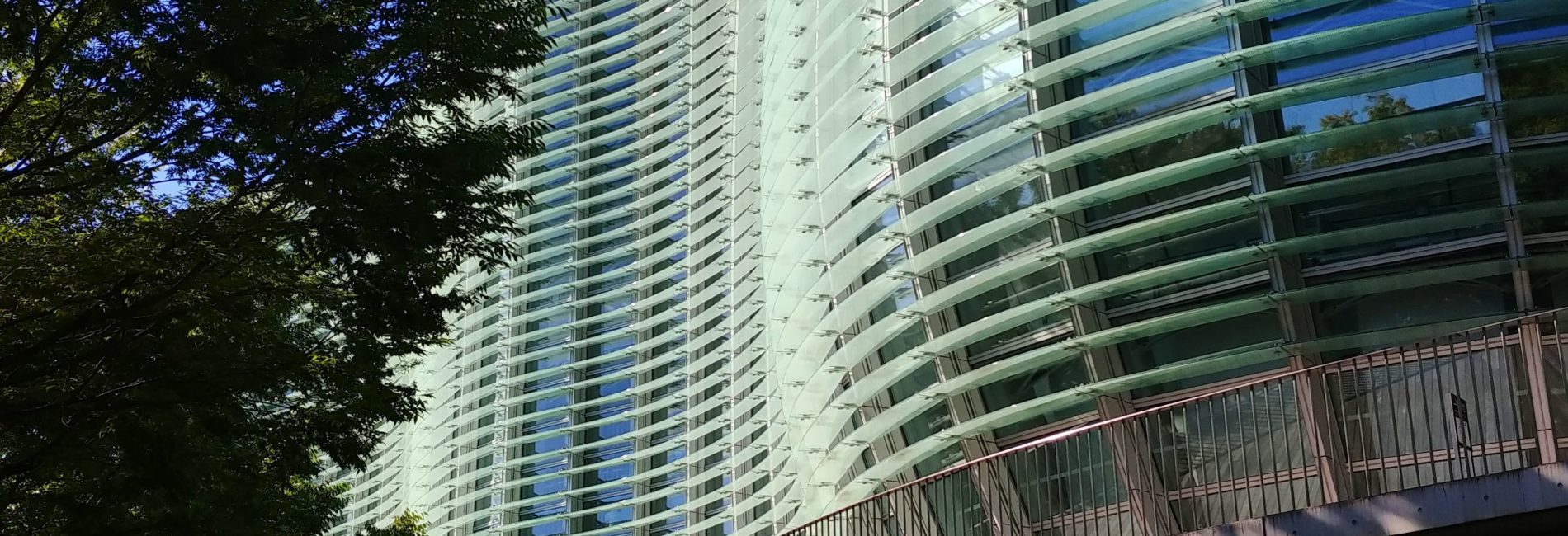
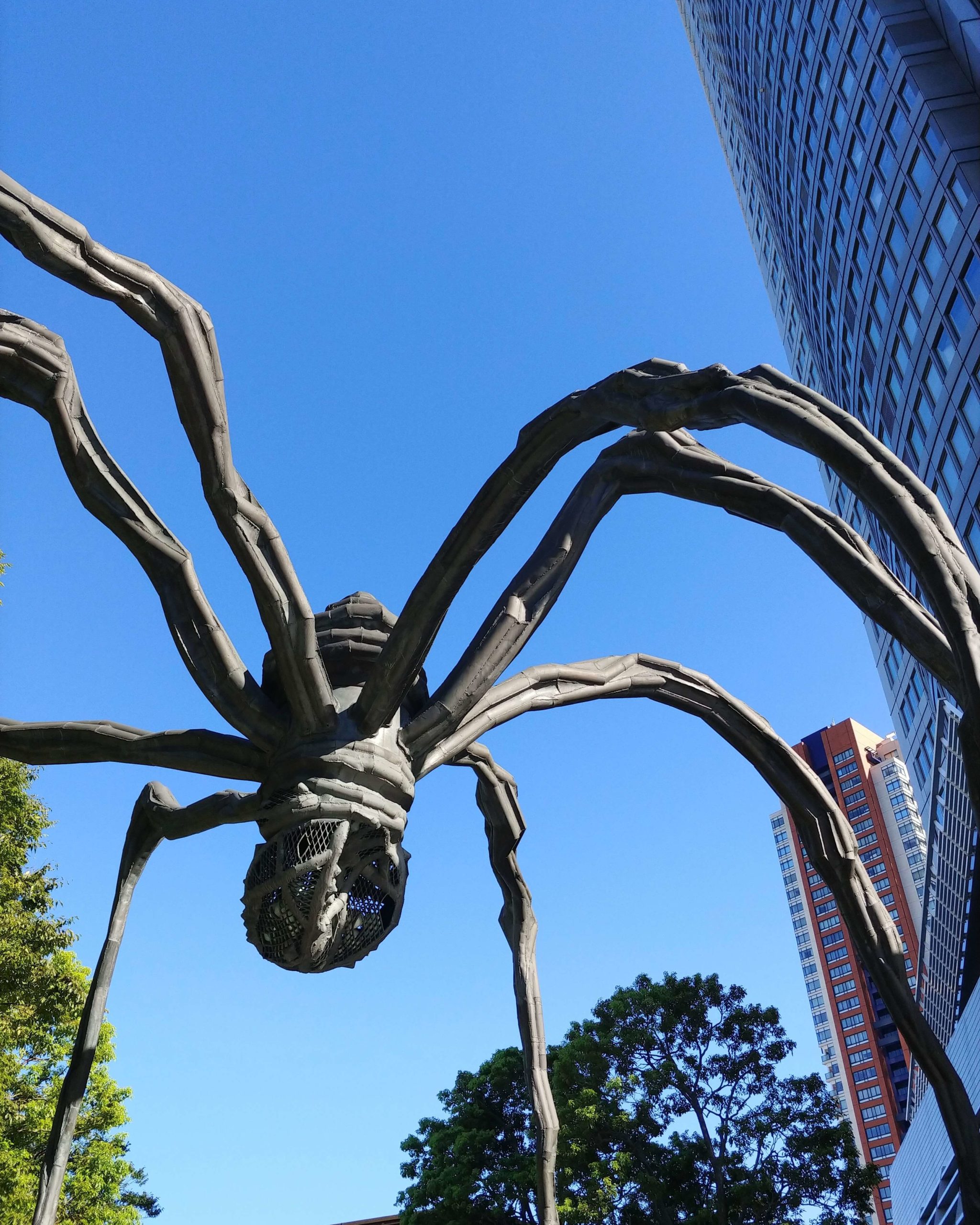
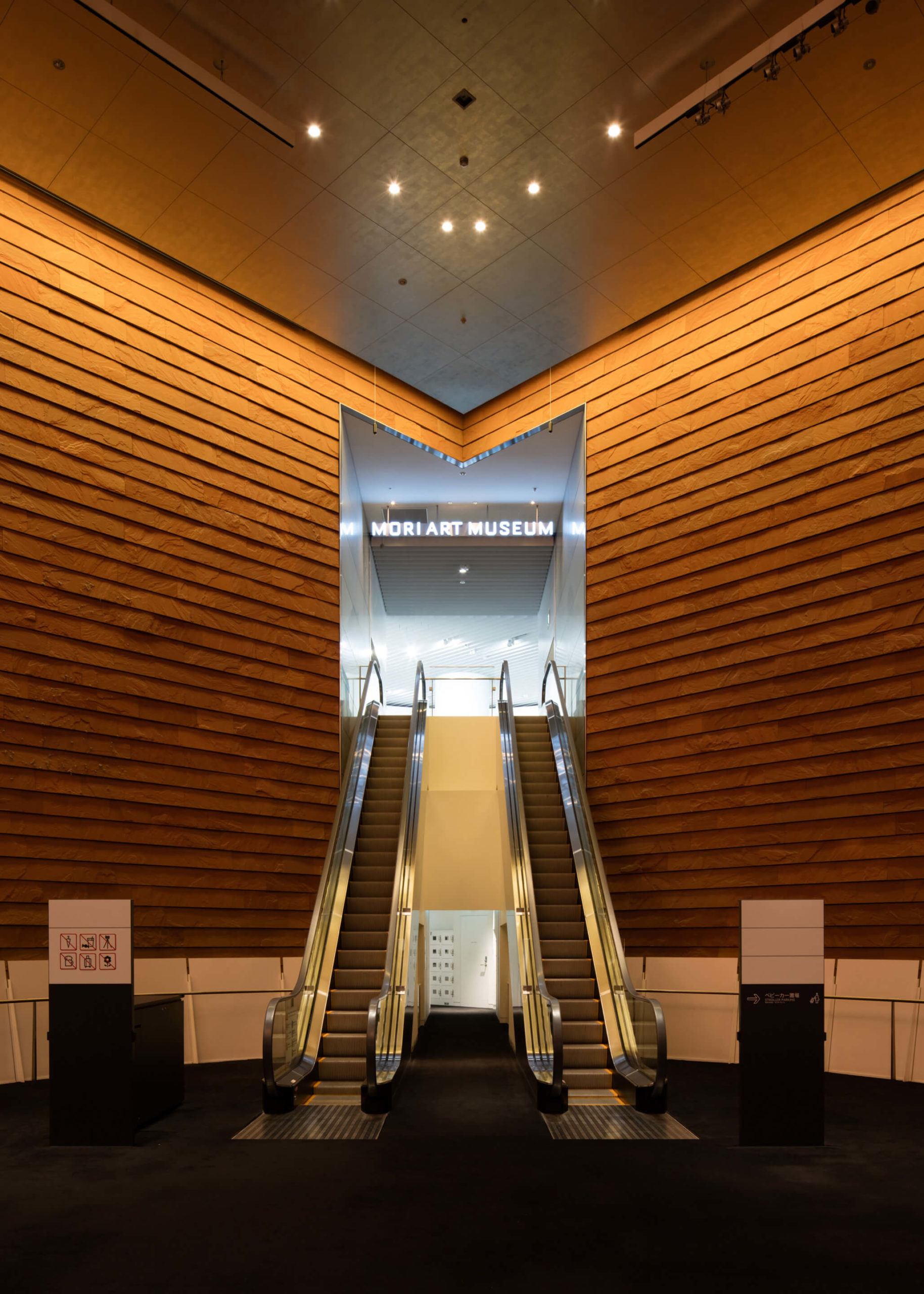
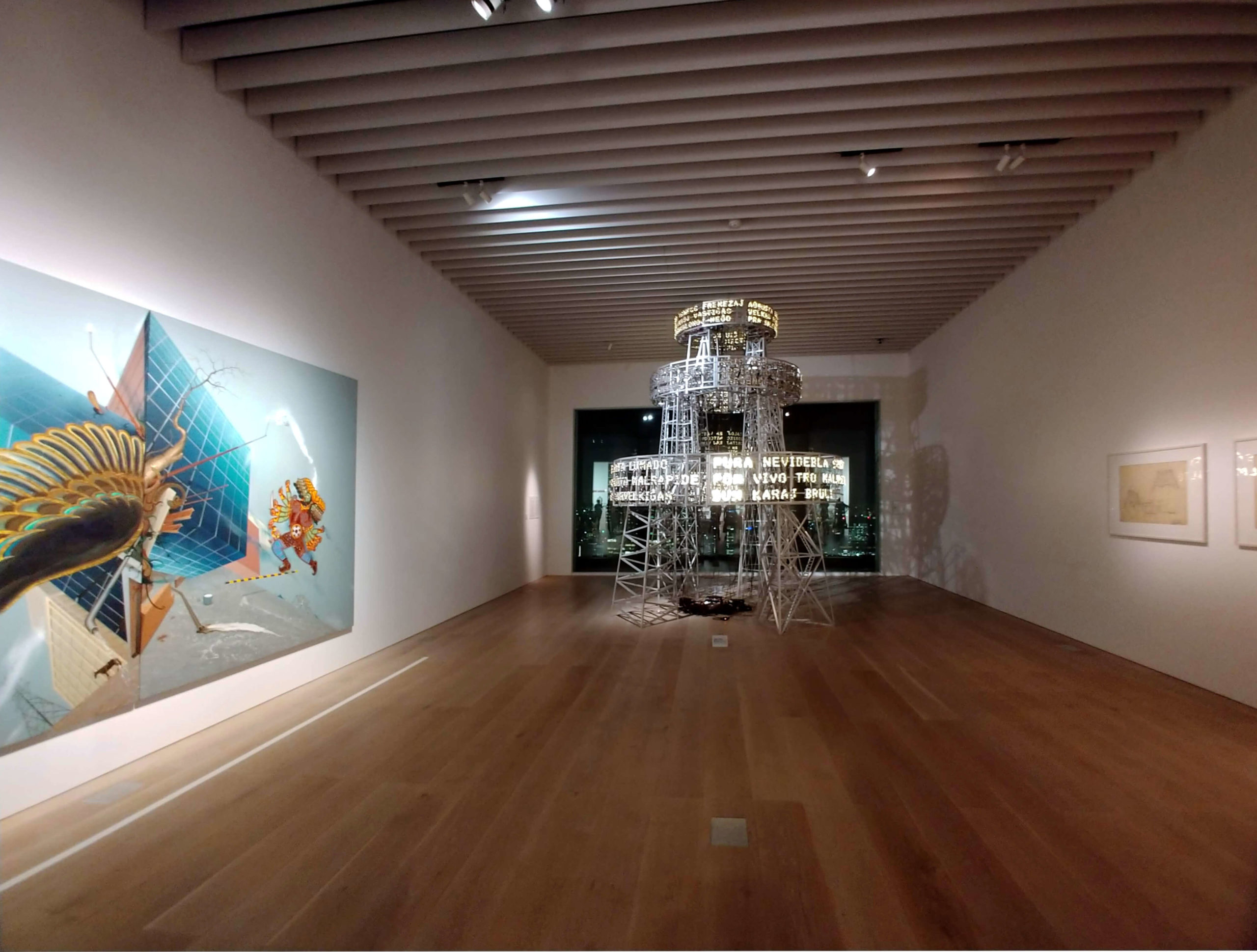
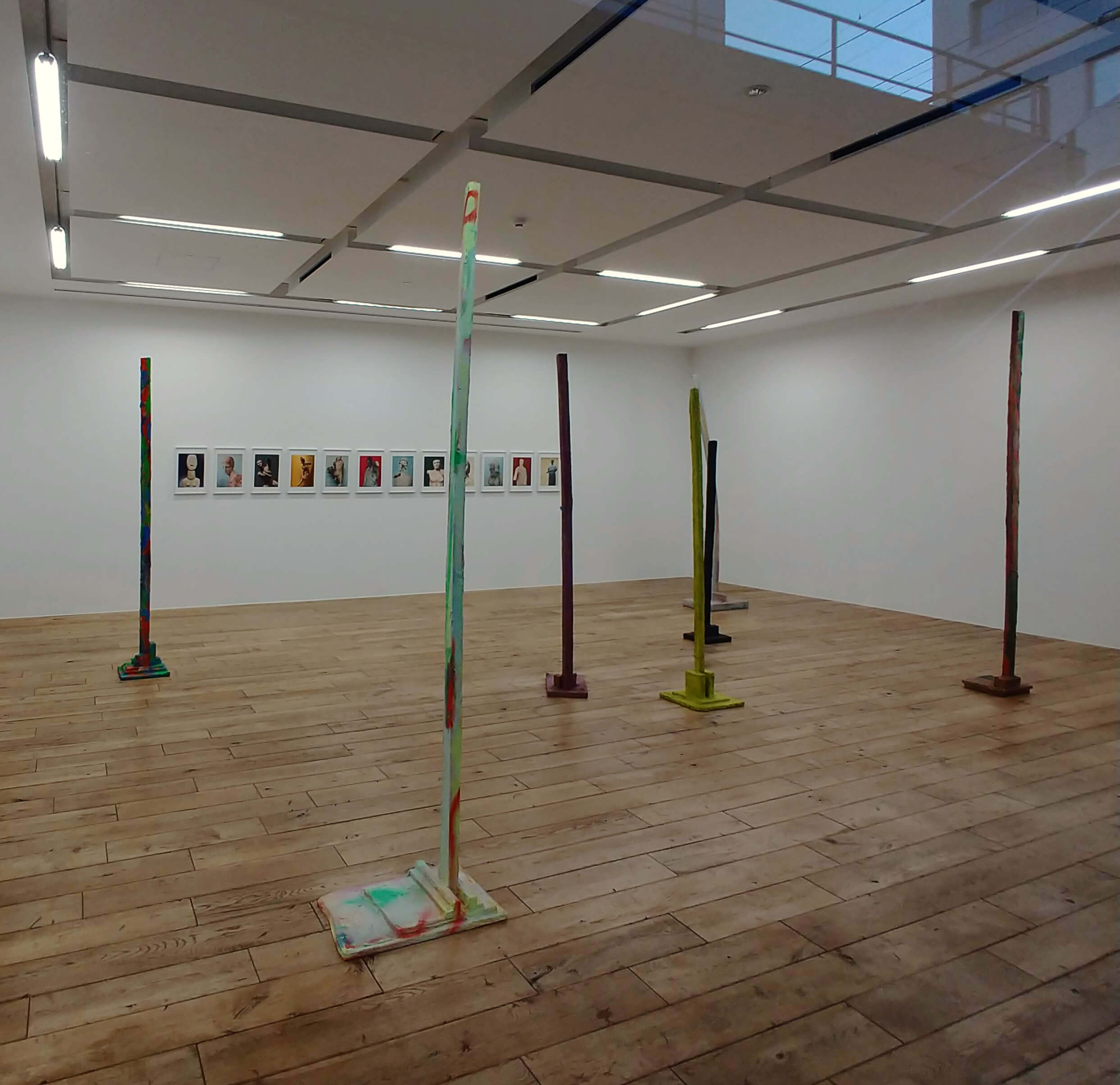
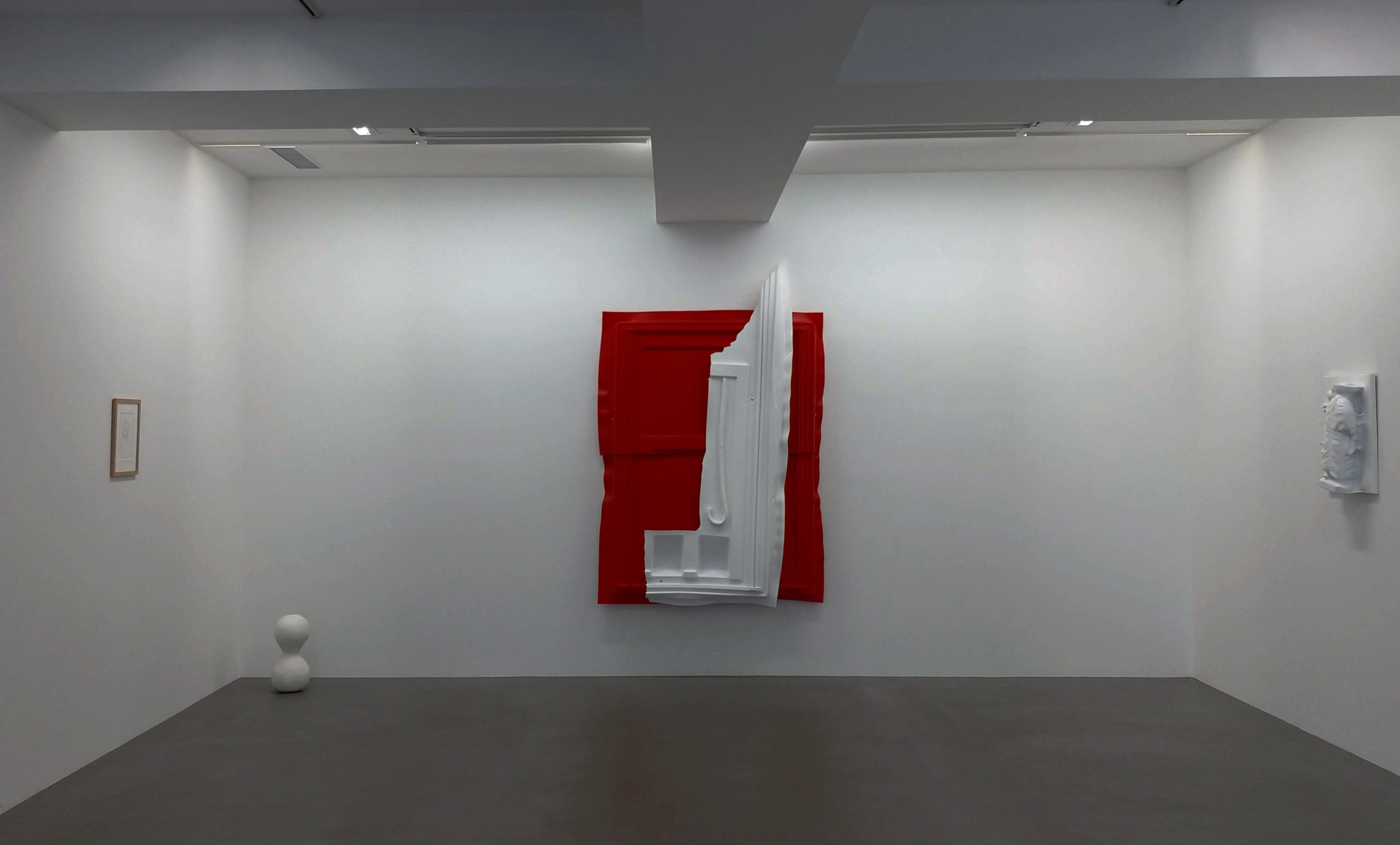
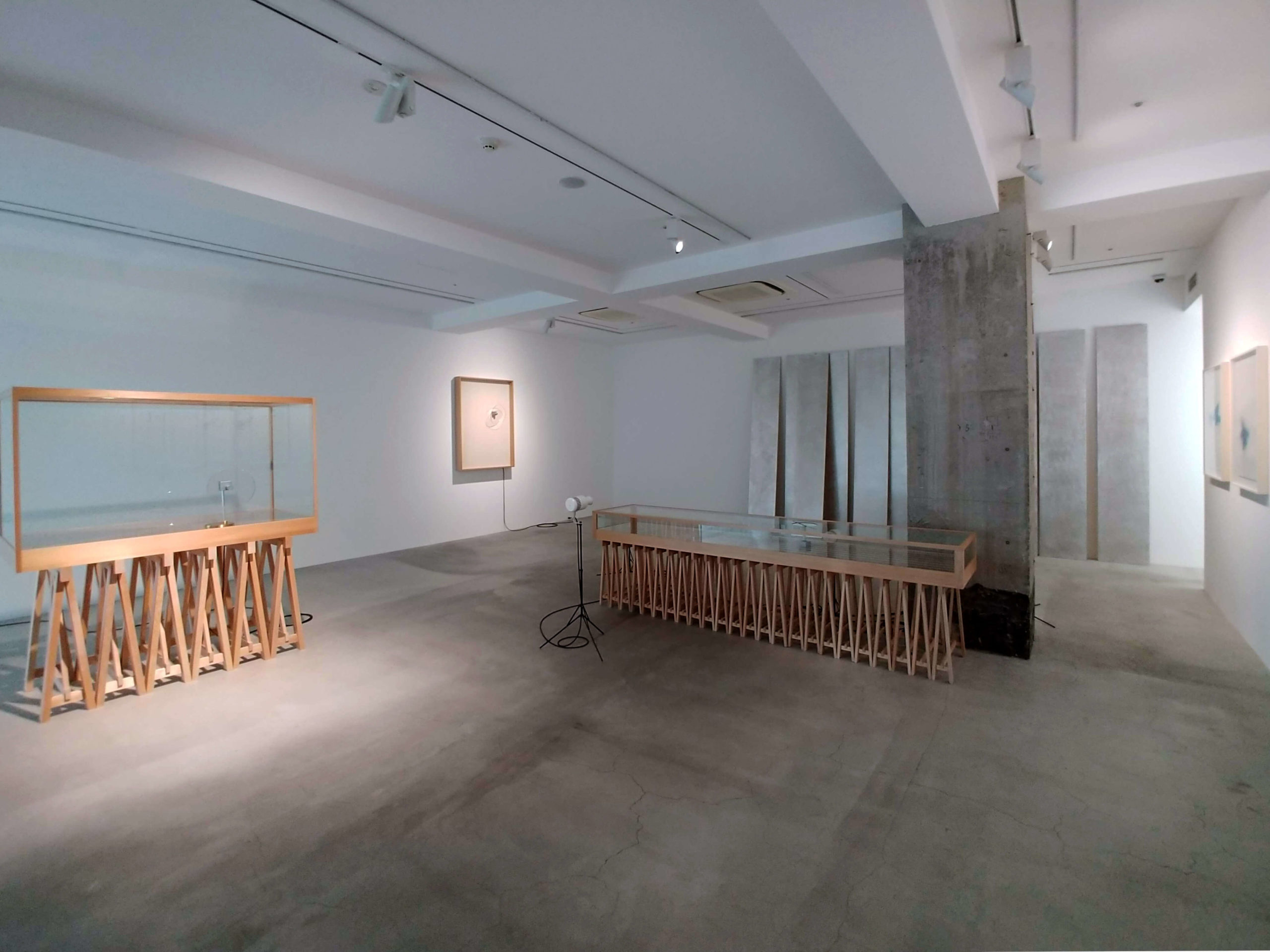
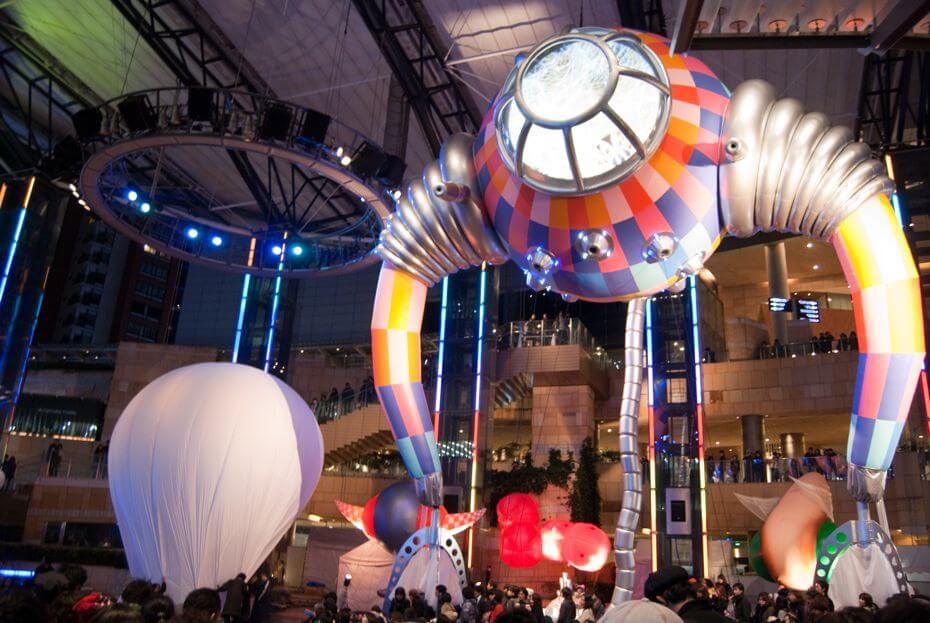
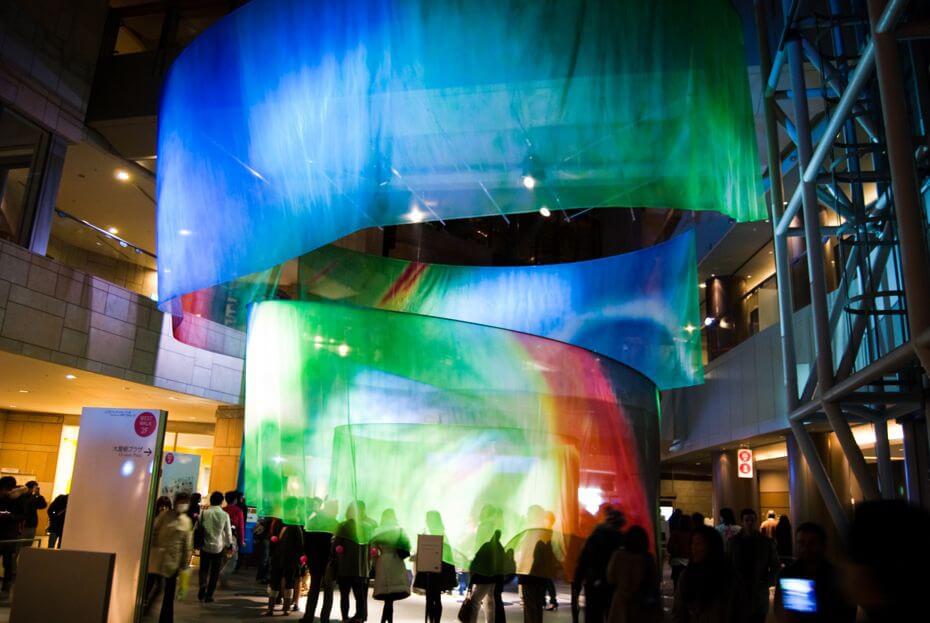
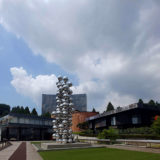
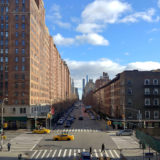
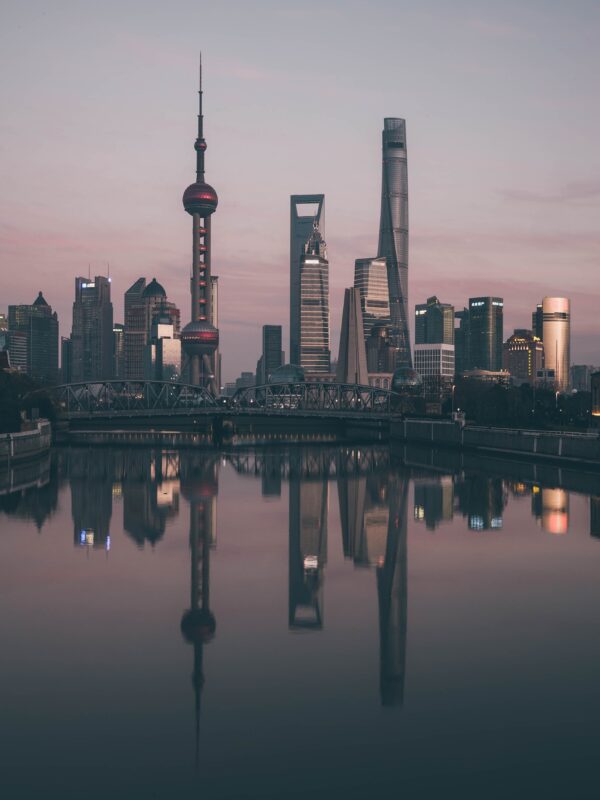
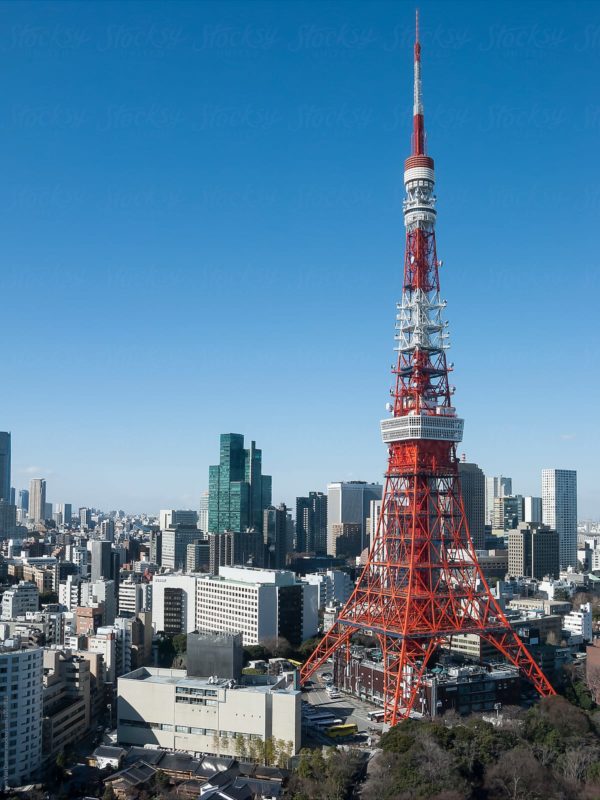
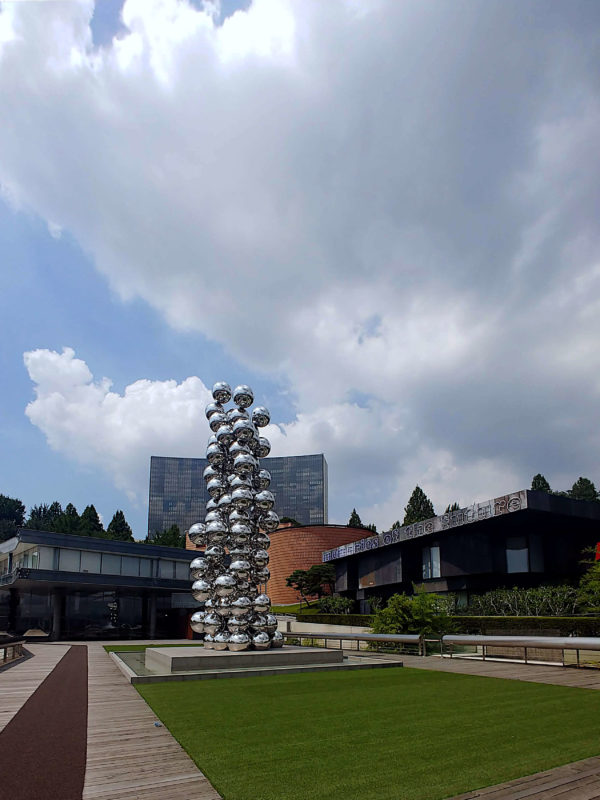


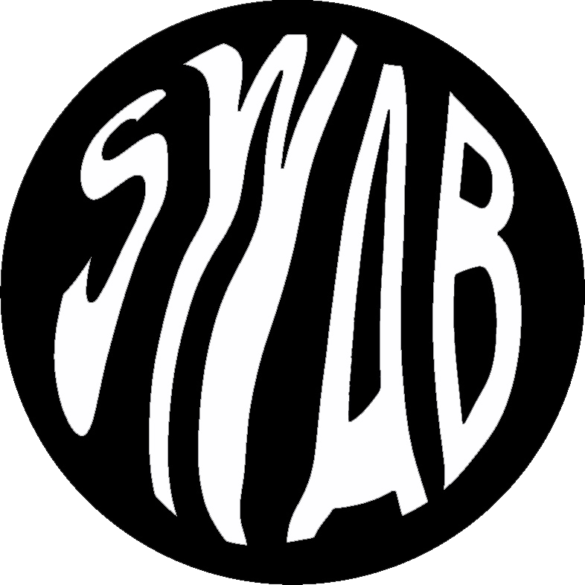

Get in touch